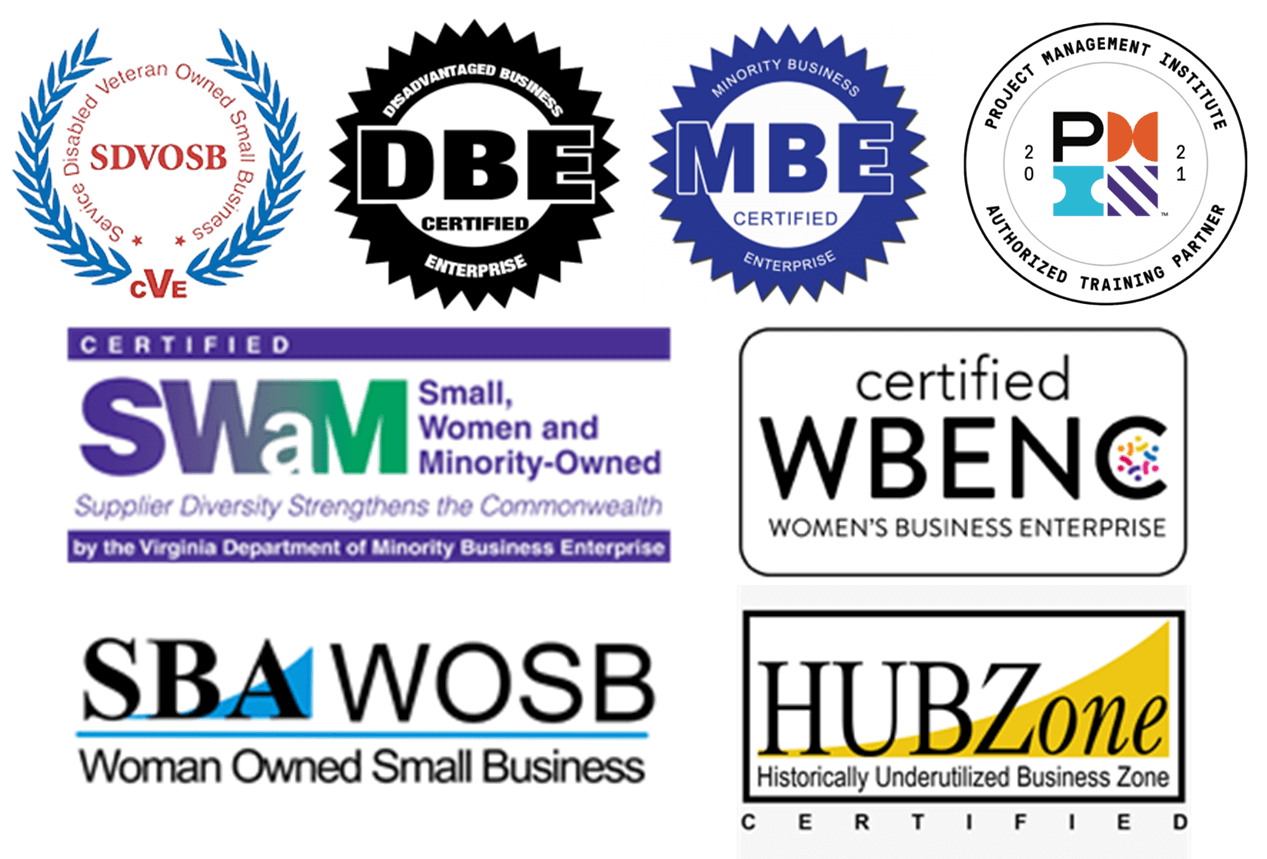When you hire an employee, you usually start with a limited amount of information. A person’s resumé lists education and career achievements, but that tells you little about how the person will perform once hired. You can try getting a feel for someone’s personality during an interview, but that only works if you fully understand the type of personality you need.
Through Behavioral DNA, you can come up with an unbiased assessment that helps you make logical, informed hiring decisions. Not only will this meet EEOC and OFCCP requirements, but it will also dramatically improve the chances that you’ll make the right hire the first time. Here are the major elements of Behavioral DNA.
Behaviors
There are four dimensions of normal behavior, easily observable in any organization. By looking around at your own organization and identifying the team members that perform best, you can better screen candidates during the interview process.
-
Dominance—This task-oriented personality tends to use big, linear gestures while speaking.
- Influence—In this people-oriented personality, you’ll notice plenty of animation while speaking, including facial expressions and hand gestures.
- Steadiness—The slower-paced, reliable personality tends to gesture more moderately and move at a steady pace.
- Compliance—The task-oriented compliant personality is usually more reserved in communication, with fewer hand gestures, if any.
Driving Forces
Each person is driven by some goal or meaning. Determining this can often help you see what kind of team member this person will be, as well as equip you to be a better leader and motivator. Through 12 Driving Forces™, you can better identify the primary, situational, and indifferent drivers that influence the majority of people’s daily actions.
Competencies
Your team members have both personal and technical skills that determine their performance. The hierarchy of competencies is a report that produces 25 different research-based criteria to help employers and individuals understand what their core competencies are. These competencies are the key to success for each team member.
By combining all of these into one personality profile, employers can boost their results, not only in hiring, but also in managing their teams. Over time, you’ll learn from each of your hires and be more readily able to identify the right fit for your own work culture, based not only on written assessments, but also interview behaviors and body language. The result will be hires based not just on instincts and past experience, but also on personality traits that fit with your overall work environment.





